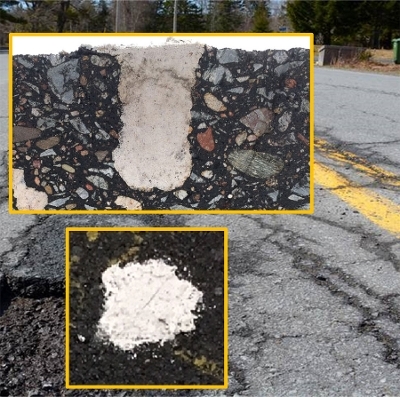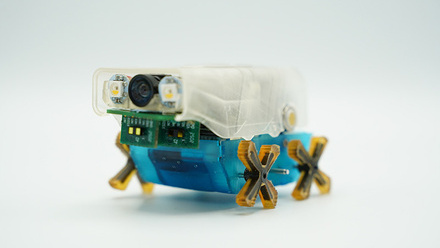How wastewater grit can fill potholes
US researchers are exploring the potential of wastewater grit to repair potholes.

The material, grit assisted patch (GAP), is made from wastewater grit as well as a ceramic matrix called chemically bonded phosphate ceramic (CBPC), by a research team at California State University-Bakersfield, USA.
They say the material meets the pavement standard set by the American Association of State Highway and Transportation Officials for high compressive strength, as well as diverting a material that would normally end up in landfill.
Zhongzhe Liu, Assistant Professor at the University, outlines that the minimum strength required is 2.1MPa, which the GAP product reaches within one day before it finally achieves 4MPa. The researchers are currently working on the phase two study using an additive to further increase the strength.
Liu adds that, GAP, unlike asphalt, is not bitumen-based, which can impact on public health. ‘Bitumen-based road pavement usually contains 5% bitumen leading to a risk of polycyclic aromatic hydrocarbons (PAHs) leaching. In contrast, the matrix of GAP is inorganic with zero PAHs leaching to the environment,’ says Liu.
The ceramic matrix is ‘fabricated by the reaction – MgO + KH2PO4 +5H2O MgKPO4·6H2O. Other alkaline earth metals such as calcium oxide (CaO) can also be used to form CBPC. The ingredients, CaO and magnesium oxide, form a high pH alkaline solution that prevents the proliferation of pathogens,’ Liu explains.
To synthesise the GAP, the wastewater grit is mixed with the high pH alkaline solution, before KH2PO4 is added into the ‘pathogen-minimised alkaline slurry’, which then forms the grit-CBPC mortar ready for use.
Liu shares that previously the use of wastewater grit has been hindered as it contains several pathogens and impurities such as eggshells, bone chips, seeds, coffee grounds and other organic parts.
The CBPC is said to resolve this as its ingredients prevent pathogen growth and survival ‘while encapsulating impurities in the wastewater grit. CBPC is usually used for disposing hazardous waste streams but has never been used for handling byproducts of wastewater treatment’.
Liu adds that the GAP material can be applied to roads under conditions varying from -20°C to +40°C without reductions in strength and mouldability. The next steps are to further enhance its compressive strength before field testing can commence.







